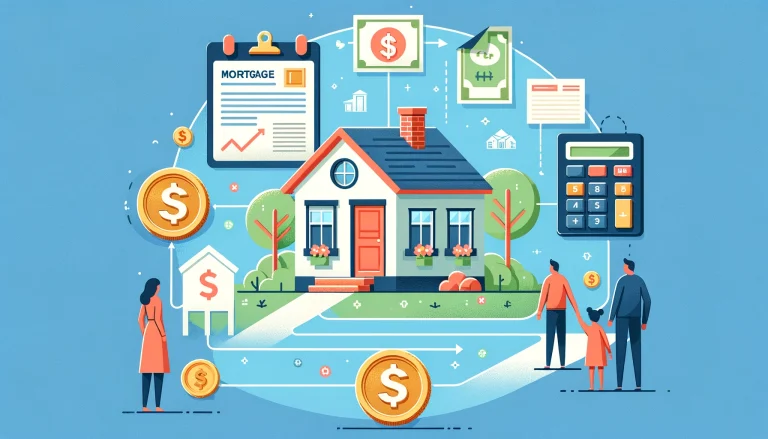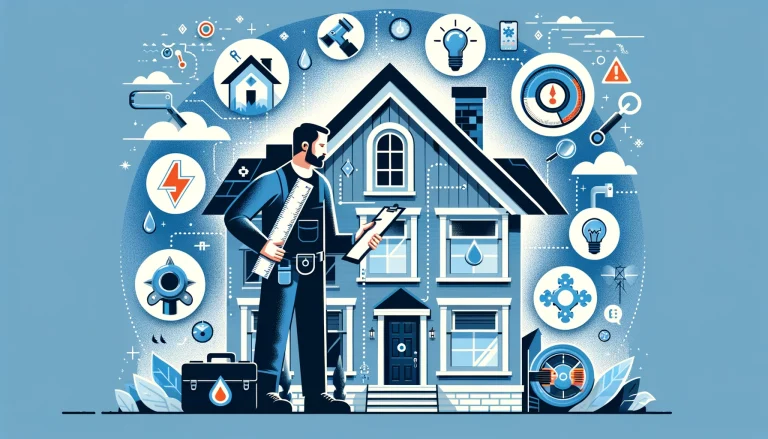- Determine your refinance goal
- Find your best refinance deal
- Get your mortgage refinance documents together
When refinancing a home, you need to know your refinance goal, find a very good lender and product to accomplish it, and get your paperwork together to make it happen. It’s easier than you imagine , so let’s begin.
Why having a mortgage refinance checklist is very important
The mortgage refinance checklist below covers the majority of the bases. Learn what’s involved, and how exactly to prepare properly. Being ready can simplify the process and offer better peace of mind.
Preparation is essential ahead of trying to get a mortgage refinance. You need to do the math and figure out if it makes sense financially. Plus, you will need to understand the important points and make sure to shop around. Having your paperwork put together is a must, too. Tackling these and other steps can save you time and worry.
“For example, say you don’t have your current mortgage statement and terms in front of you when you apply. That means you have to estimate your figures, ” says Jennie Jacobson, mortgage loan consultant with Orange County’s Credit Union. “But that makes it impossible to compare lenders or loan products accurately. ”
Step 1: Ask yourself questions
Is a mortgage refinance worth it? That will help you decide, answer these queries:
Just what will a refinance accomplish?
Perhaps you want to settle your mortgage debt quicker or you simply want to reduce your monthly payment. Perhaps you seek to utilize your home’s equity and pursue a cash-out refi to invest in a home improvement project. Narrow down your targets.
Can I cover refinance expenses?
The closing costs and fees connected with refinancing a mortgage can frequently equate to 3 to 6 percent of your outstanding balance.
How much longer do I want to reside in my home?
“Before attempting a refi, you need to evaluate whether it will, in fact, save you money,” attorney Elizabeth A. Whitman says. She adds that the refi could be cost prohibitive if you don’t plan to stay put for at least three years.
Can I show a consistent source of income?
And can I depend on this source of income continuing for at least 3 years?
Am i going to be penalized for paying off my current mortgage?
Some mortgage loans apply prepayment penalty fees. If yours does, discover how expensive this can be.
Step 2: Conduct research
Now it’s time for you to do your homework. Complete these tasks:
☐ Check your credit score and history. You can get yourself a free credit report through various online vendors, including annualcreditreport.com. “Do this months before trying a mortgage refinance. And correct any errors you see in your credit report well before applying, ” says Whitman. “Even making small changes on your report can improve your credit score and result in a better interest rate. ”
☐ Examine your newest mortgage statement. Or find your original paperwork. Determine your current interest rate, unpaid principal balance, and maturity date.
☐ Learn what your property is worth. Use free online tools from Redfin, Realtor.com and other sites that estimate your home’s current value.
☐ Avoid applying for other types of credit. “Too many credit inquiries can result in a reduction of your credit score,” says Whitman.
Step 3: Collect the paperwork
Before you request and compare refinance loan offers, you’ll need the best records at hand. Gather these documents:
☐ At least two recent pay stubs, if you’re a wage-earner
☐ Tax documents from at least the last couple of years (W-2s if you’re a wage earner, 1040 tax returns with supporting schedules and forms for self-employed or commissioned applicants)
☐ Recent asset statements (for bank accounts, retirement plans and investment accounts)
☐ Document debts like child support that don’t appear on your own credit report
☐ Homeowners insurance declarations page
☐ Divorce decree, if you pay or receive child support or alimony payments
☐ Letters of explanation for just about any dings in your credit history or gaps in your employment
☐ Award letter or proof of receipt of social security or pension payments
If providing printed documents, submit all pages, even the blank one at the back. If the first page says “1 of 4” about it, provide 4 pages.
Step 4: Shop around and ask questions
Compare mortgage rates and programs from several lenders (easy to accomplish online). Then contact the most competitive lenders. Prepare to ask the following questions:
☐ Is it possible to give a loan estimate (LE)? “Review this estimate line by line to verify the true cost,” says Jacobson. “Review the rate, APR, closing fees and other important details,” says Jacobson.
☐ How is your refinance loan much better than my current loan? “It rarely makes sense for a borrower to refinance unless the new mortgage rate is noticeably lower than the existing one,” Whitman notes.
☐ Just how much interest am i going to pay within the life of this loan versus what’s left on my current loan?
☐ What exactly are the closing costs and fees involved? Do you provide a “no-cost” refinance, which rolls these costs into the loan by means of a slightly higher interest rate?
☐ What’s the maturity date on your loan? “Be cautious and consider long-term goals before extending your maturity date. For instance, consider a 58-year-old borrower with 10 years left on his mortgage. It might not make sense to refinance to a 30-year mortgage,” says Whitman. “Even though it may result in lower monthly payments, he could be paying this loan off well past retirement age.”
☐ Will the mortgage fully amortize (be paid off) during its term? Or will there be a balloon payment at the end? “Say it’s the latter, and you intend to remain in the home after the loan is paid off. Then, you’ll need to refinance again or have cash available to pay the balloon payment,” cautions Whitman.
☐ Will there be a tax impact if I refinance? (Most lenders will tell you that it’s your responsibility to find this out)
☐ Are the terms of this new loan subject to change later on?
Step 5: Apply and make final preparations
Once you’ve narrowed down your list to a preferred lender, prepare for the following:
☐ Complete the mortgage application (Fannie Mae Form 1003). Most of the time, you’ll sit with or speak over the phone with your loan officer, broker or processor. He or she will fill out the form, and you’ll sign the printed version (ask if it differs from the information you provided). “Also, read the details and anything you sign very carefully,” notes Jacobson.
☐ Provide additional documents your lender requests. “And complete everything asked of you in a timely manner,” Jacobson says.
☐ Stay in contact. “Find out who the loan officer is assigned to you. It’s important to have a point of contact between now and after closing,” adds Jacobson.
☐ Prepare for the appraisal. “Before they can underwrite the loan, your lender will order an appraisal. You usually have to pay for this at the start of the process,” says Vincent Geraci, senior vice president and mortgage sales manager with Unity Bank.












